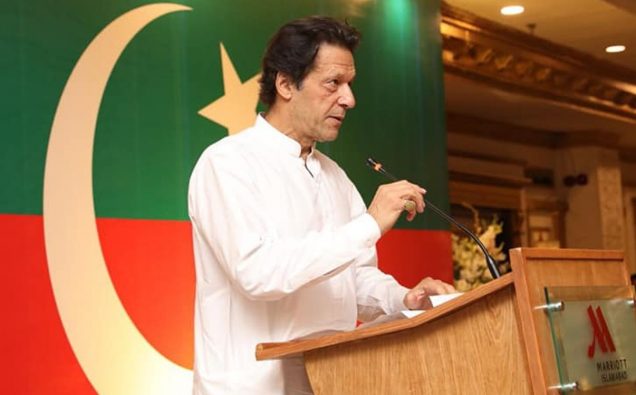
uly 25 election has given (Pakistan Movement of Justice) victory over two longtime dynasties, Pakistan Peoples Party and Pakistan Muslim League(N). Imran Khan, cricketer-turned-politician is expected to form new government next week.
The PML(N) leader Nsawz Sharif is in jail after conviction in graft cases while former president Asif Ali Zardari may also face multiple court cases.
While Pakistan’s democracy faces many obstacles, the following five factors my test the viability of Imran Khan’s democratic governance, and define whether the governance would be autocracy – government of one strongman or a representative democracy.
1) A revolution of rising expectations
American writer C.H. Kennedy in his book on bureaucracy in Pakistan talked about revolution of rising expectations among people of the South Asian nation at the end of every military government. But this time, expectations have risen from Imran Khan’s success. This is reflective from the victory of PTI candidates from all the four provinces of Pakistan. The PTI will have to come up to the expectations of 17 million Pakistanis who voted for it.
2) Changing Balochistan
The people of Pakistan’s southwestern province fully participated in the elections despite a number of attacks including a suicide bombing in Mastung district on the polling day. The deaths of over 150 persons in the blast did not deter the people of Balochistan. At the same time, the situation in Balochistan remains a challenge, raising the question whether the PTI would live up to expectations of the Baloch people, who have long complained of a sense of deprivation in terms of economic development.
3) Political divide is not trans-Indus
The surge of PTI popularity in 2018 does resemble with that of Pakistan People’s Party (PPP) in the 1970 West Pakistan. This is reflected in voting trends. But at the same time, the PTI, unlike its performance in the 2013 elections, is not restricted to northwestern Khyber PakhtunKhawa province. It has emerged as major political party in Punjab, Sindh and Balochistan too.
4) A strong opposition in center and Punjab
After a long time, the government in the Islamabad and country’s biggest province, Punjab will have to face strong and ferocious opposition as the coalition governments have always had problems to taking the allies along. The PTI that has not emerged as the single largest party in the Punjab, the province home to more than half of South Asian country’s over 200 million population. Rather, it has been able to cobble together a majority with the help of dozens of other parties. So it has ample opportunity to form its government. In this scenario, the fear of no-confidence move and political beak-ups will continue to haunt the PTI throughout its five years term.
5) Dynastic versus autocratic attitudes
The governments of former Prime Minister Nawaz Sharif and Asif Zardari were considered dynastic in decision making, and criticized for this. But after the victory of Pakistan Tehreek-e-Insaaf, all the decisions regarding the nominations of Governors, Chief Ministers and members of the cabinet are being taken by Imran Khan despite nominal discussions in the Central Executive Committee meetings. So far, decision making structure of the party looks autocratic. Will it change?


















